This is a study guide for Methicillin-Resistant Staphylococcus Aureus (MRSA) which includes its nursing management, nursing assessment, selected nursing diagnoses, and nursing interventions.
What is Methicillin-Resistant Staphylococcus Aureus (MRSA)?
Staph infections—including those caused by MRSA—can spread in hospitals, other healthcare facilities, and in the community where people live, work, and go to school.
- Methicillin-resistant Staphylococcus aureus (MRSA) is a cause of staph infection that is difficult to treat because of resistance to some antibiotics.
- In the community, MRSA most often causes skin infections; in some cases, it causes pneumonia (lung infection) and other infections.
- If left untreated, MRSA infections can become severe and cause sepsis—the body’s extreme response to an infection.
Pathophysiology
Staphylococcus aureus is a gram-positive coccus that is both catalase- and coagulase-positive.
- Staphylococcus aureus has evolved to develop numerous immune evasion strategies to combat neutrophil-mediated killing, such as neutrophil activation, migration to the site of infection, bacterial opsonization, phagocytosis, and subsequent neutrophil-mediated killing.
- As many as 40 immune-evasion molecules of S aureus are known, and new functions are being identified for these evasion proteins.
- They produce a range of toxins, including alpha-toxin, beta-toxin, gamma-toxin, delta-toxin, exfoliatin, enterotoxins, Panton-Valentine leukocidin (PVL), and toxic shock syndrome toxin–1 (TSST-1); enterotoxins and TSST-1 are associated with toxic shock syndrome; PVL is associated with necrotic skin and lung infections and has been shown to be a major virulence factor for pneumonia and osteomyelitis.
Statistics and Incidences
Up to 80% of people are eventually colonized with Staphylococcus aureus. Most are colonized only intermittently; 20-30% are persistently colonized.
- Colonization rates in health care workers, persons with diabetes, and patients on dialysis are higher than in the general population.
- The rate of MRSA hand colonization among health care workers has been shown to exceed 4% (over 8% in North America).
- S aureus infection occurs worldwide; pyomyositis due to S aureus is more prevalent in the tropics.
- Studies show that about one in three (33%) people carry S. aureus bacteria in their nose, usually without any illness.
- About two in every 100 people carry MRSA; although many people carry MRSA bacteria in their nose, most do not develop serious MRSA infections.
- Significant progress was made to reduce MRSA bloodstream infections in healthcare from 2005-2012, when the rates of MRSA bloodstream infections decreased by 17.1% each year.
- Declines in MRSA bloodstream infections slowed from 2013-2016, when no significant change was detected.
Causes
Predisposing factors for staphylococcal infections include the following:
- Neutropenia or neutrophil dysfunction. S aureus has evolved to develop numerous immune evasion strategies to combat neutrophil-mediated killing, such as neutrophil activation, migration to the site of infection, bacterial opsonization, phagocytosis, and subsequent neutrophil-mediated killing.
- Diabetes. Nonhealing wounds from diabetic patients may predispose them to MRSA.
- Intravenous drug abuse. The opioid epidemic may also be connected to the rise of staph infections in communities; people who inject drugs are 16 times more likely to develop a serious staph infection.
- Foreign bodies, including intravascular catheters. Staphylococcal infections of prosthetic devices, including prosthetic joints and heart valves and vascular shunts, grafts, and catheters (these are increasing in incidence, most likely because of the increase in staphylococcal line-related bacteremias).
- Trauma. Trauma with open wounds could become breeding sites for MRSA.
Clinical Manifestations
The symptoms of an MRSA infection depend on the part of the body that is infected.
- Skin. People with MRSA skin infections often can get swelling, warmth, redness, and pain in infected skin.
- Blood and deep tissues. Symptoms of a serious MRSA infection in the blood or deep tissues may include a fever of 100.4o F or higher, chills, malaise, dizziness, confusion, muscle pain, swelling and tenderness in the affected body part, chest pain, cough, and inability to heal wounds.
Assessment and Diagnostic Findings
Methicillin-resistant Staphylococcus aureus (MRSA) is resistant to all β-lactams because of the presence of mecA, a gene that produces a pencillin binding protein (PBP2a) with low affinity for β-lactam antibiotics.
- Cefoxitin disk diffusion test. In addition to broth microdilution testing, the Clinical and Laboratory Standards Institute (CLSI), recommends the cefoxitin disk diffusion test or a plate containing 6 μg/ml of oxacillin in Mueller-Hinton agar supplemented with 4% NaCl as alternative methods of testing for MRSA.
- FDA-approved assays. In addition, there are FDA-approved assays for molecular detection of the mecA gene and commercially available chromogenic agars that can be used for MRSA detection.
- Anti-PBP2A monoclonal antibodies. An alternative method for detection of MRSA is the use of anti-PBP2a monoclonal antibodies available as latex agglutination or immunochromatographic membrane assays.
Medical Management
CDC encourages clinicians to consider MRSA in the differential diagnosis of skin and soft tissue infections (SSTIs) compatible with S. aureus infections, especially those that are purulent (fluctuant or palpable fluid-filled cavity, yellow or white center, central point or “head,” draining pus, or possible to aspirate pus with needle or syringe).
- Incision and drainage. Incision and drainage constitutes a primary therapy for furuncles, other abscesses, and septic joints, and should be performed routinely; if a clinician is unsure
whether pus is present in a lesion, an attempt can be made to aspirate fluid from the lesion using an adequate size needle and syringe.
Pharmacological Management
Several antimicrobial agents have been proposed as alternatives to beta-lactams for outpatient treatment of SSTIs when an oral regimen with activity against MRSA is desired; these include clindamycin, tetracyclines (including doxycycline and minocycline), trimethoprim-sulfamethoxazole (TMP-SMX), rifampin (used only in combination with other agents), and linezolid.
- Clindamycin. Clindamycin is FDA-approved for the treatment of serious infections due to S. aureus. Although not specifically approved for the treatment of infections due to MRSA, clindamycin has been used widely in the treatment of SSTIs and there are reports of clindamycin being used successfully to treat CA-MRSA infections.
- Tetracyclines. Doxycycline is FDA-approved for the treatment of S. aureus skin infections, but not specifically for those caused by MRSA; there is little information in the medical literature on the use of tetracyclines for the treatment of MRSA infections; in a small case series, the long-acting tetracyclines, doxycycline and minocycline, appeared to be adequate for the treatment of MRSA SSTIs caused by tetracycline-susceptible isolates, but data were
not sufficient to support their use in the treatment of invasive infections. - TMP-SMX. TMP-SMX is not FDA-approved for the treatment of any form of staphylococcal infection. However, the medical literature contains several case reports of the successful use of TMP-SMX in the treatment of S. aureus infections, including MRSA86-92. In a case-series of CA-MRSA skin infections in Los Angeles, California93, prompt resolution of symptoms was achieved in six (50%) of twelve patients initially treated with double strength TMP/SMX alone (in addition to incision and drainage of abscesses) and in all of six patients treated initially with a combination of TMP/SMX and rifampin.
- Linezolid. Linezolid is FDA-approved for the treatment of complicated skin infections and hospital-acquired pneumonia due to MRSA in adults.
Nursing Management
Nursing care in a patient with Methicillin-resistant Staphylococcus aureus (MRSA) include the following:
Nursing Assessment
Nursing assessment for the patient with MRSA include:
- History. Assess the patient’s health history; if there are any documented allergies.
- Physical assessment. Assess the patient’s skin daily to ensure that the treatment being used is not causing any adverse effect to the skin.
Nursing Diagnosis
Based on the assessment data, the major nursing diagnosis for MRSA are:
- Risk for infection related to inadequate primary defenses.
- Impaired skin integrity related to swelling and redness that may result to a break in the skin.
- Acute pain related to infected open wound in the affected area.
- Impaired social interaction related to isolation.
Nursing Care Planning and Goals
The following are the major nursing care planning goals for a patient with MRSA:
- Ensure isolation and contact transmission precautions.
- Encourage strict hand hygiene.
- Enforce strict use of personal protective equipment (PPE).
- Ensure a clean environment.
- Prevent the spread of infection.
Nursing Interventions
Listed below are the nursing interventions for a patient with MRSA:
- Ensure isolation and contact transmission precautions. Isolate patient in a side room; keep the door closed at all times, and ensure the contact precaution sign is visible.
- Perform hand hygiene. Ensure hand hygiene is performed using WHO 5 moments for hand hygiene; use soap and water and/or alcohol gel as appropriate; offer patient hand hygiene opportunities as appropriate; encourage patient to keep fingernails short and clean, and encourage visitors to decontaminate hands before and after visiting.
- Use of PPEs. Wear plastic apron and gloves before entering the patient’s area; ensure PPE worn for contact with patient, environment, and equipment; request visitors to wear PPE if visiting another patient; keep PPE on while removing/disposing of used equipment, and discard PPE in a clinical waste bin before leaving the patient’s area.
- Environmental cleaning. Use disposable mops and cloths; keep lockers and tables clear of clutter to facilitate cleaning; ensure curtains are changed if applicable; and ensure domestic staff use Chlorine Based Product (CBP) for cleaning.
- Decontamination of patient’s equipment. Provide designated equipment where possible for the patient’s own use; clean equipment removed from their room with Tristel; keep items/equipment to a minimum within the room/patient area; all unused disposable items must be thrown away once the patient is discharged; and removed patient cutlery can be washed in the normal way.
- Monitoring signs of infection. Check lab results and vital signs, especially temperature, every shift; document results clearly in medical and nursing notes; and inform nurse in charge/medical team of significant results.
Evaluation
Nursing goals are met as evidenced by:
- Ensured isolation and contact transmission precautions.
- Encouraged strict hand hygiene.
- Enforced strict use of personal protective equipment (PPE).
- Ensured a clean environment.
- Prevented the spread of infection.
Documentation Guidelines
Documentation in a patient with MRSA include the following:
- Individual findings, including factors affecting, interactions, nature of social exchanges, specifics of individual behavior.
- Cultural and religious beliefs, and expectations.
- Plan of care.
- Teaching plan.
- Responses to interventions, teaching, and actions performed.
- Attainment or progress toward the desired outcome.
References
Sources and references for this study guide for Methicillin-Resistant Staphylococcus aureus (MRSA):
- Black, J. M., & Hawks, J. H. (2005). Medical-surgical nursing. Elsevier Saunders,. [Link]
- Boyce, J. M., Jackson, M. M., Pugliese, G., Batt, M. D., Fleming, D., Garner, J. S., … & Williams, C. O. B. (1994). Methicillin-resistant Staphylococcus aureus (MRSA): a briefing for acute care hospitals and nursing facilities. Infection Control & Hospital Epidemiology, 15(2), 105-115. [Link]
- Kimberlin, D. W. (2018). Red Book: 2018-2021 report of the committee on infectious diseases (No. Ed. 31). American academy of pediatrics.
- Willis, L. (2019). Professional guide to diseases. Lippincott Williams & Wilkins. [Link]
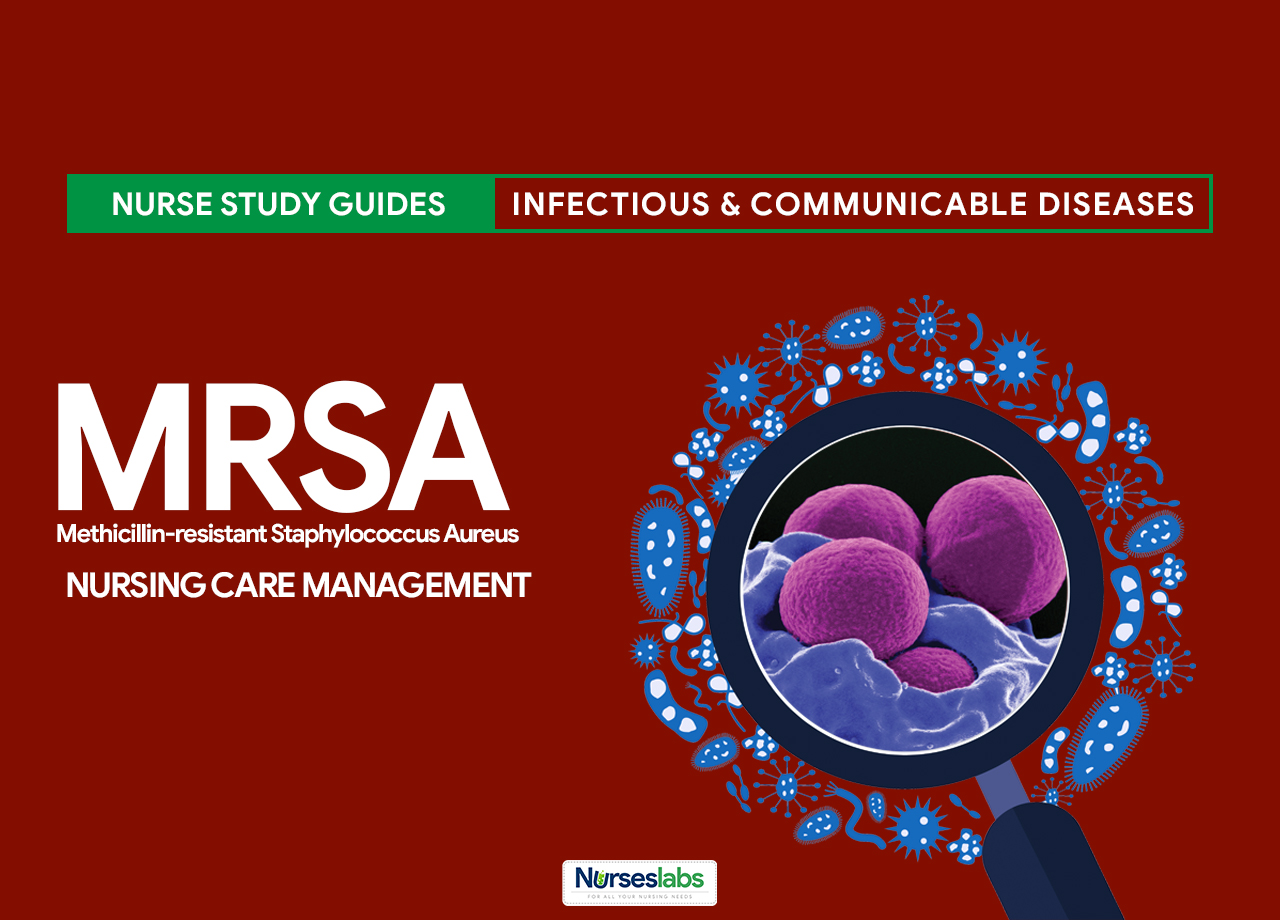

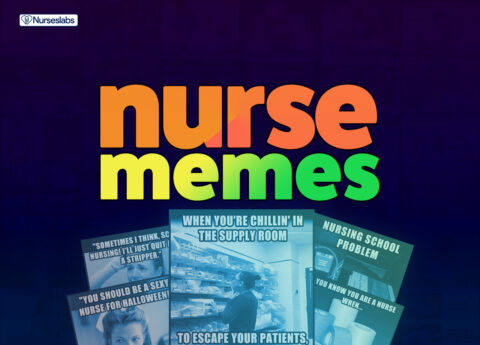


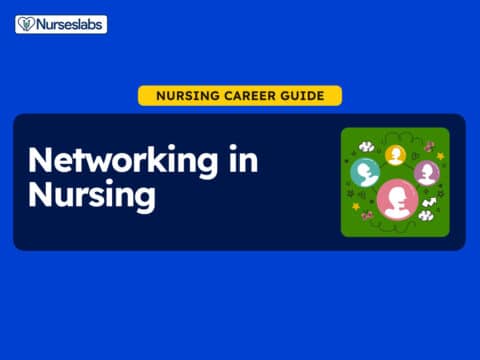
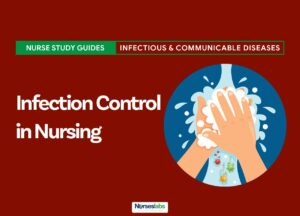

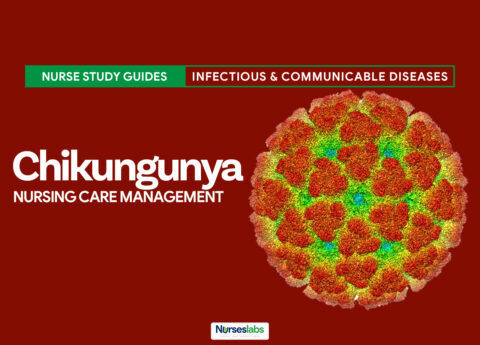
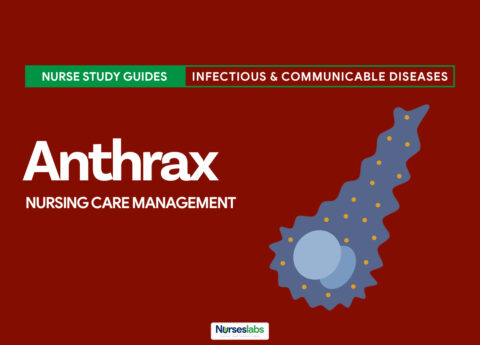
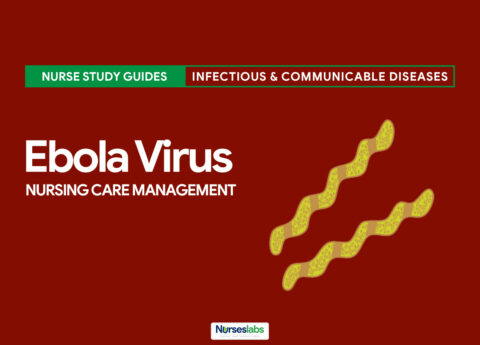
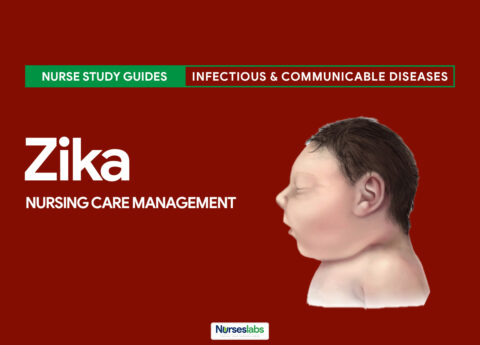
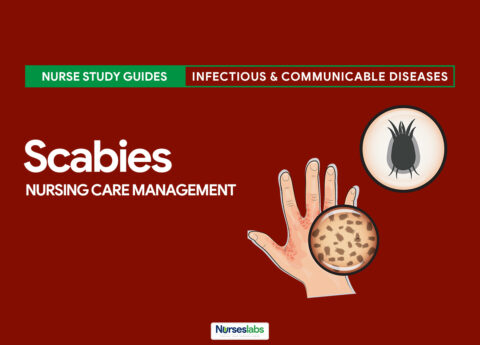


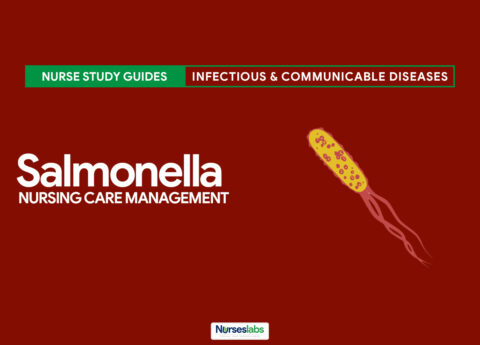




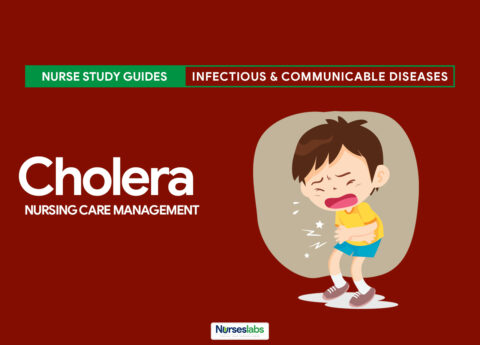
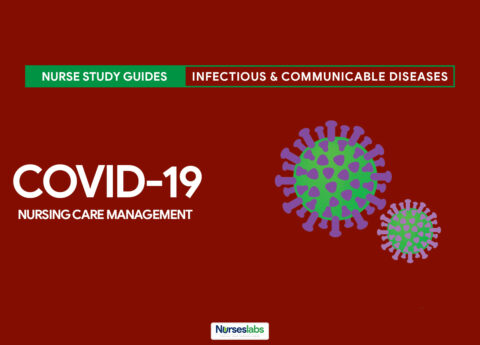

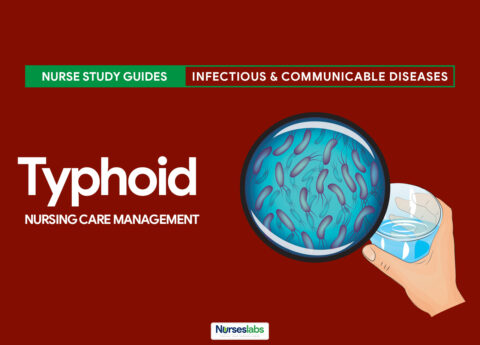
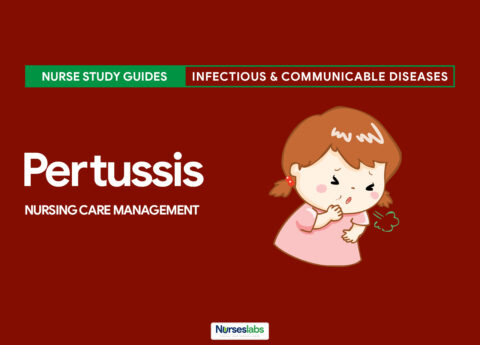

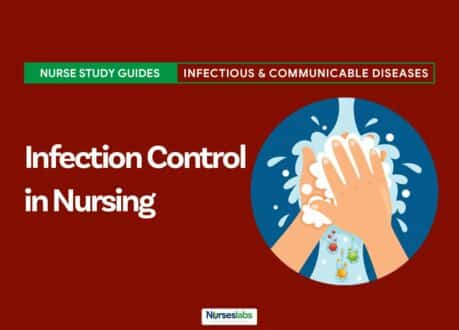

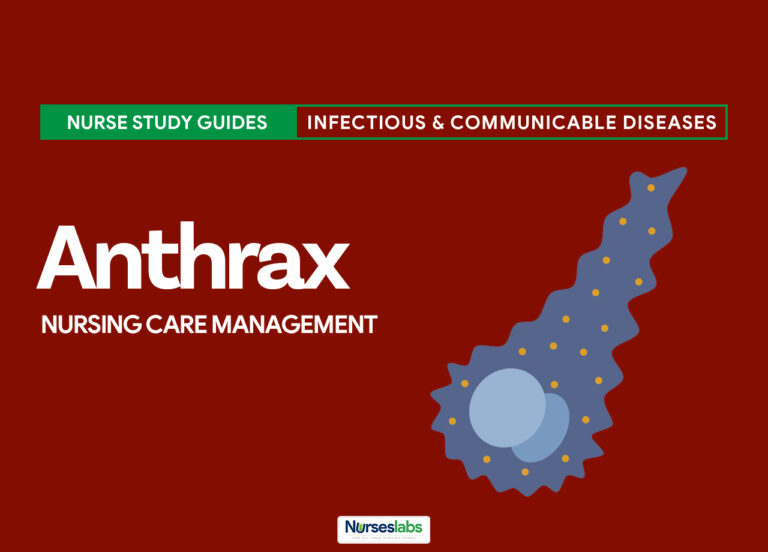






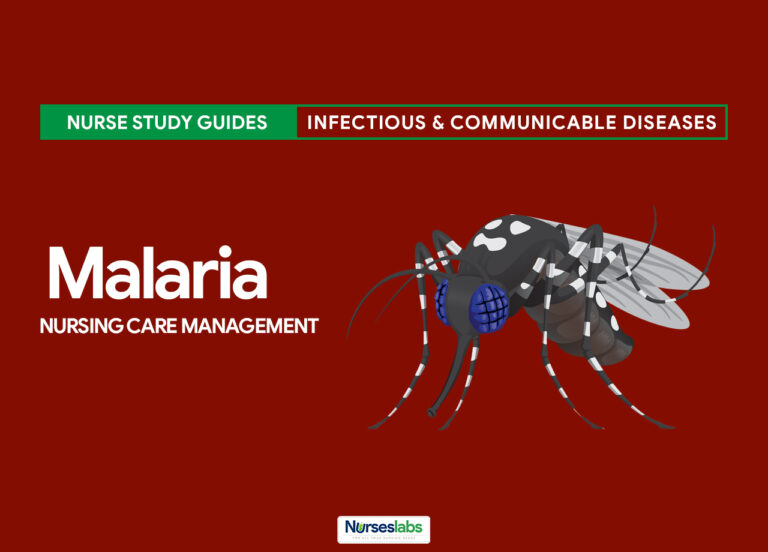

Leave a Comment